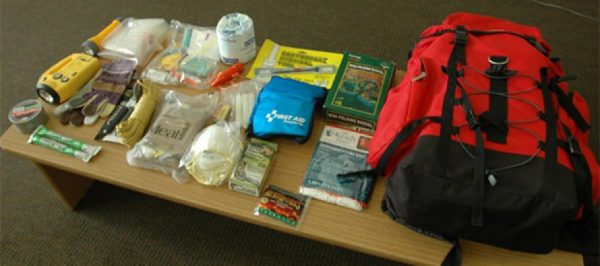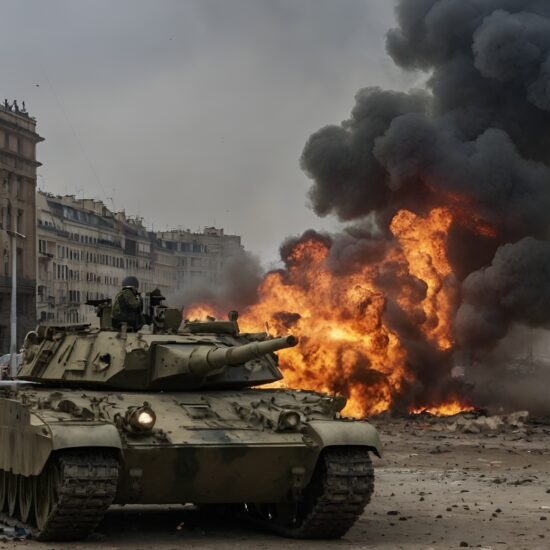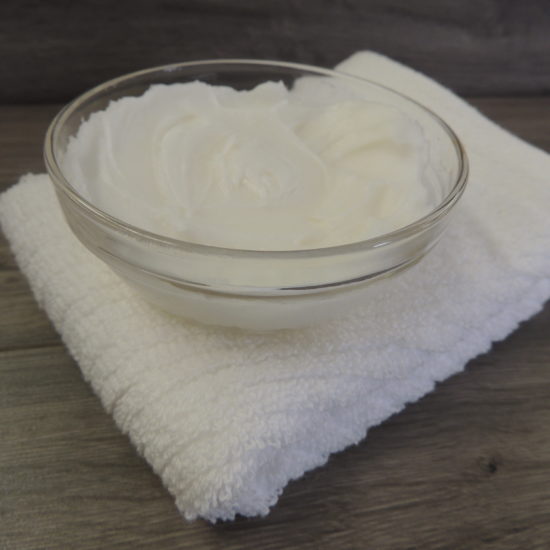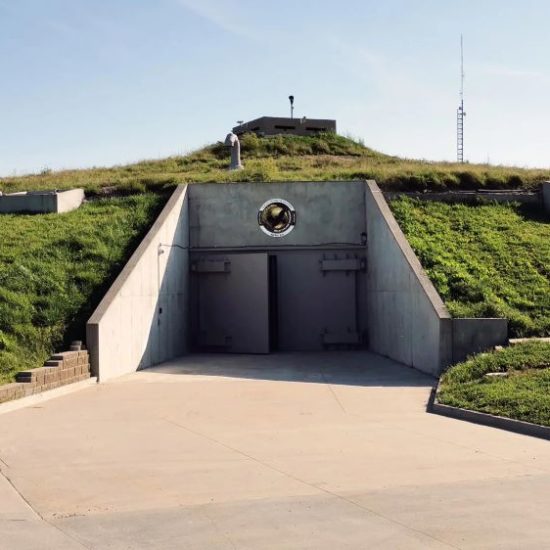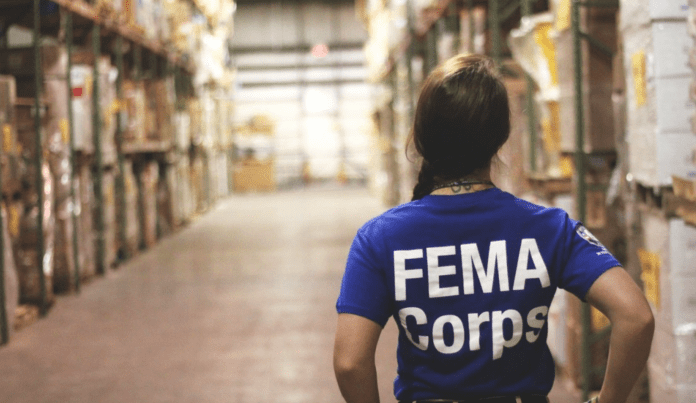
So, while they aren’t perfect, FEMA has been a help to us. They still are, as they are one of the most widely recognized sources of information about disaster preparedness and strategies for survival. While you can quickly go through all their information and want more, they do provide a good starting point for people just getting into the prepping movement.
One of the things that the ready.gov website has is a list of basic disaster supplies that we should all be sure to have. Some of those are even things that those of us in the prepping movement don’t regularly talk about. So it’s a good idea to review what they are saying and the way they are saying it.
On their Basic Disaster Supplies Kit list:
- Battery-powered or hand crank radio and an NOAA Weather Radio with tone alert – The most common disasters to strike the United States are weather-related ones, especially hurricanes, tornadoes, and snowstorms. Good information is critical to surviving these, as well as knowing when it is safe to come out of a bunker or other shelter. The advantage of the hand crank type is that you never have to worry about having dead batteries.
- Whistle – There are countless situations where you could end up awaiting rescue, from an earthquake destroying your home to getting lost in the woods. Three blasts on a whistle is a universal call for help, which can be heard much farther than your voice. Not only that, it’s a whole lot easier on your throat and energy level than yelling all the time.
- Dust mask – Whether you’re talking about dust storms or pandemics, a good dust mask will help protect you and your lungs. Spraying that dust mask with a small amount of disinfectant will go a long way toward protecting you from airborne pathogens. Just be careful not to spray too much.
- Plastic sheeting & duct tape – As with the dust mask, this will help protect you if you have to shelter in place from an epidemic or even a chemical spill. While it is difficult and even unrealistic to create a totally sealed environment, the more you can seal off, especially around doors and windows, the better. These simple materials can save your life in such a situation.
- Manual can opener – We all stockpile food, but do we stockpile can openers? More specifically, do you have a good quality can opener in your stockpile? I’ve gone through many a cheap can opener through the years, proving to me that the money for a top-quality one is money well spent. In a long-term survival situation, I would get awful tired of using the P-38 on my key ring.
- Local maps – We tend to keep maps in our bug-out bags, but what about sheltering in place? A good topographical map will show you lots of useful information, such as where to find water and where to go to find high ground to escape flooding.
On their Additional Emergency Supplies list:
- Prescription medicines – If anyone in your family needs prescription medications, especially maintenance doses for a chronic condition, you’ve got to have these medicines on hand. They may not be available in an emergency situation.
- Glasses and contact lens solution – For those of us who need some help to see, this is essential. A spare pair of glasses is a good idea, as they can easily get lost or broken.
- Pet food – Don’t forget your four-footed friends, or you’ll end up feeding them food that you need for yourself. Pets can be a great comfort in the midst of a crisis, especially for children.
- Cash – Few of us bother keeping much cash on hand, even those who prepare. We’re more likely to keep silver around for bartering. But cash is important too. Even in the worst of TEOTWAWKI events, cash will be useful for some time, until people realize that it is worthless.
- Important family documents – If you are forced to bug out, having documents to prove home and car ownership, as well as insurance policies and bank account information, may be essential for recovering financially and getting your life back on track. Medical and school records are important as well. It is best to save these electronically for ease of carrying, but hard copies are better in the case of an EMP.
- Sturdy shoes – The shoes that most of us wear on a day-to-day basis are impractical for walking long distances. If you are forced to bug out on foot and have to walk 100 miles to get to shelter, you’re going to want some sturdy but comfortable hiking or work boots.
- Fire extinguisher – Probably one of the most basic pieces of emergency equipment, but one that you never see talked about in the prepping community. Get a commercial one, as it will be larger and rechargeable.
- Feminine supplies & personal hygiene items – It will be bad enough having to bug out and live in a survival shelter, without forgetting the most basic items to keep yourself clean. This is important for maintaining your health, as well, as the infection spreads much more easily in a dirty environment.
- Paper plates, cups, towels, and plastic utensils – We use these all the time but don’t think of them as survival supplies. But if water is limited, having something that you can use and throw away saves that limited water for more important things than just washing dishes.
- Paper and pencil – Something else that should be considered a basic survival item, but is often overlooked. I have a basic rule, “If it isn’t written down, it doesn’t exist.” That’s because I don’t trust my memory to remember things like names, dates, addresses, and phone numbers. Better to write it down, especially if it is something critical to your survival.
One Final Note:
The same page on FEMA’s ready.gov website which lists their recommended emergency kit items, also mentions where you should keep your kit or kits. According to them, that is home, work, and your vehicle. That pretty much covers it. Basically what they are saying is to always make sure you have an emergency kit available to you, no matter where you are.
This will require having multiple kits. Ideally, you want one in each of your vehicles, one in each family member’s workplace (although vehicle ones can double for this, assuming you can get to your vehicle), and one at home. Don’t depend on just one kit for everything. Not only do different situations present you with different needs, but your family will probably be scattered in different locations. Each family member must have emergency supplies available to them, in case they have to shelter where they are.
The hardest family members to do this for, are the children. If your child has a locker at school, you can prepare a kit to keep there. But if not, they’ll be limited to their backpack (unless they drive to school). That means you’re going to have to think carefully about what you have them carry, as you don’t want to burden them unnecessarily. Besides, doing so merely guarantees that they’ll take the kit out of their backpack and leave it at home.
Finally, make sure that each kit is appropriate to the number of people it must serve. Your home kit will obviously need to be the largest. One kept in your office merely needs to take care of one person, like the ones in your kids’ lockers. Car kits will depend on who uses that car and what they use it for. A car that is only used by one or two people won’t need as big a kit as the primary family car will.


